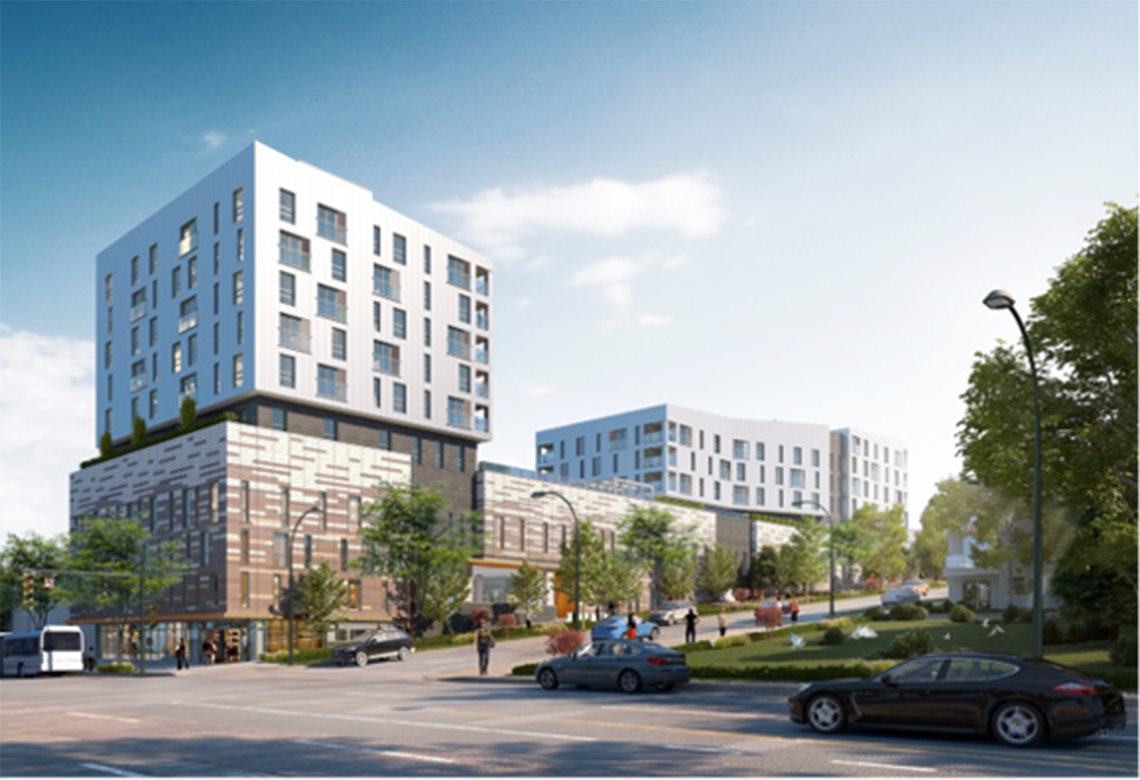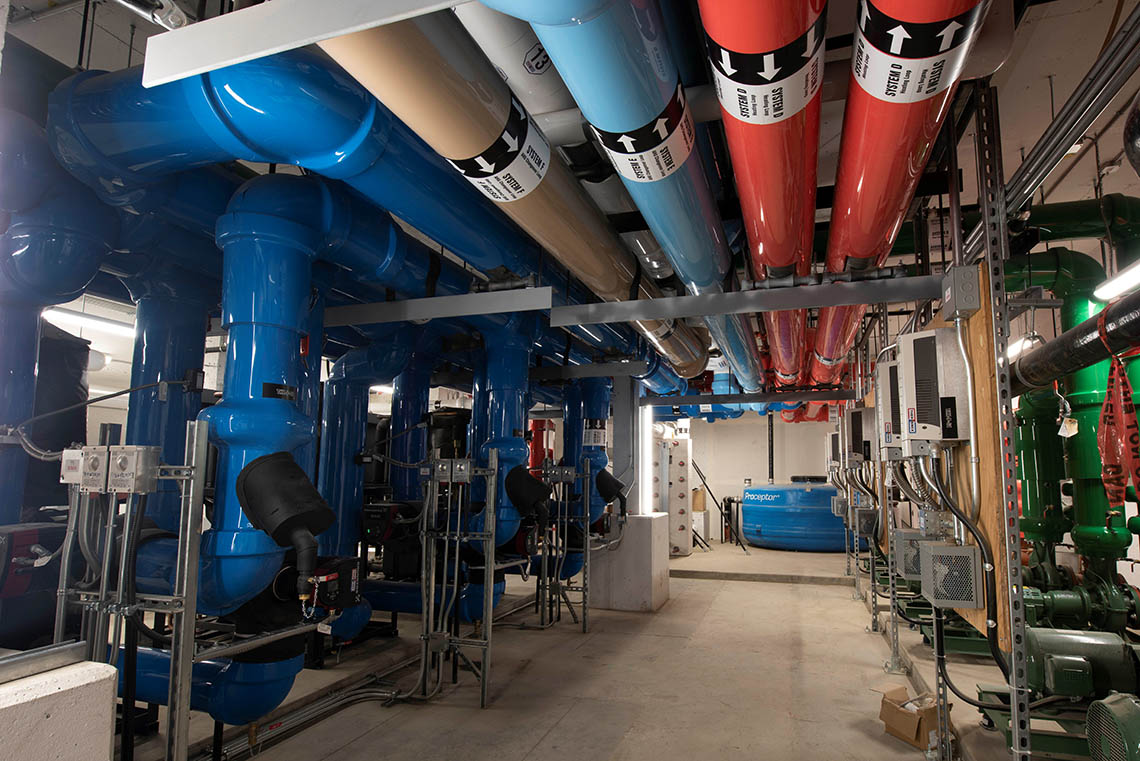Success stories for public sector organizations
In 2010, B.C. became the first jurisdiction to become carbon neutral in all of its public sector organizations. B.C.’s public sector is helping to set standards, encourage new technologies and build momentum towards a low-carbon economy. The Carbon Neutral Government (CNG) commitment was established in law and is delivered by all provincial universities and colleges, schools and hospitals, and Crown corporations and government offices.
If you work at a public sector organization in B.C., we encourage you to use the Carbon Neutral logo in your materials and share what you’ve learned over the last decade – how addressing climate change not only cuts carbon pollution but can also reduce energy costs, improve operations and make us more resilient.
Carbon Neutral logo
As part of the CNG program through the Province of British Columbia, you can now display the Carbon Neutral logo on your website or in your newsletter.

Please read the these documents to ensure appropriate usage of the logo:
- Guidelines and standards for Carbon Neutral logo use (PDF, 212KB)
- Download Carbon Neutral logos (ZIP, 1.8MB)
Success stories
B.C.’s public sector has shown its commitment to a cleaner, better future by reducing emissions through innovative projects to achieve carbon neutrality. Read the stories below and share them with your networks and organizations.
Lower emissions and improved resilience with biomass heating
Interior Health is turning waste into a resource by using biomass heating for three of their healthcare sites. With their most recent site, Parkview Place, a 31-bed complex care facility in Enderby, they have linked to the local bioenergy district energy system and have seen $11,000 in utility cost savings and a reduction of 140 tonnes in emissions each year.
District energy systems centralize the production of heating or cooling for a community and distribute thermal energy through networks of hot and cold-water pipes. They use significantly less energy than if the individual buildings had their own boilers and chillers and often use wood chips, pellets, agricultural waste or urban wood waste to generate heating, cooling and electricity.
For Parkview Place, they’ve not only seen reduced emissions but also greater energy resilience and redundancy because the system can maintain power and heating during extreme weather events, such as ice storms.
“With this linkage, we were able to leverage existing infrastructure, helping us to transition to a cleaner energy supply, while also supporting local solutions to reduce greenhouse gas emissions,” states Lorne Sisley, Corporate Director, Facilities Management and Operations at Interior Health.
To download and share: Lower Emissions and Improved Resilience with Biomass Heating (PDF, 165KB)

UNBC lab leading the way in industrial Passive House design

The University of Northern British Columbia (UNBC) set a North American record in 2018 with the opening of their ultra energy-efficient and air-tight Wood Innovation Research Lab (WIRL). The Lab, built to the Passive House standard, is expected to emit only one per cent of the greenhouse gas emissions of a conventional building. In addition, UNBC is seeking to supply WIRL with renewable natural gas to further reduce its carbon footprint.
Located in downtown Prince George, and home to UNBC’s Master of Engineering in Integrated Wood Design program, WIRL is a single-storey mass timber structure composed of glue-laminated timber columns and beams on a concrete raft slab foundation. By using wood as a primary construction material, WIRL contains less embodied energy compared to a traditional steel building.
The WIRL is the first industrial building in North America to earn the rigorous Passive House standard – surpassing the airtightness requirement by nearly a factor of 10. Using up to 90 percent less energy for heating and cooling, and up to 70 percent less energy overall, it is a pivotal engineering and architectural success for northern B.C.
To download and share: UNBC lab leading the way in industrial Passive House design (PDF, 144KB)
Future-proofing B.C. homes to climate change
BC Housing is leading a multi-stakeholder project to increase the resilience of our homes in the face of a changing climate. The Mobilizing Building Adaptation and Resilience (MBAR) project provides homeowners and construction industry professionals across British Columbia with new tools and resources for design, construction, renovation and training for increasing the climate resilience of our buildings.
MBAR develops new knowledge through pilot projects in a wide range of building types, from single family homes to apartments and healthcare campuses. The project looks at ways to adapt design and construction so owners and residents can remain comfortable and safe in the face of extreme weather such as hotter summers, colder winters and heavy rainfall. Improving building resilience also helps communities and homeowners to recover more quickly after shocks such as earthquakes or flooding.
Resources currently available include guides on overheating design, how to do energy modelling using future climate models, and how to identify hazards. Resources are free to download from the BC Housing Research Centre Library.
To download and share: Future-proofing B.C. homes to climate change (PDF, 135KB)

Innovation heats up B.C. hospitals

The BC Children’s Hospital and BC Women’s Hospital campus is achieving significant advances in energy efficiency through waste heat recovery. Two retrofit projects are reusing thermal energy already available in their buildings to heat themselves (e.g. heat generated from cooling systems). When completed, the projects are expected to reduce carbon emissions at the campus by more than 1,000 tonnes carbon dioxide equivalent annually, which represents close to a 10% reduction for the entire hospital campus and is equivalent to removing over 350 passenger vehicles from the road indefinitely.
The Provincial Health Services Authority (PHSA) is applying a unique technology called Thermal Gradient Header, which allowed PHSA to integrate standard heating, ventilation and air conditioning equipment into a new design in a way that facilitates reuse of thermal energy that would otherwise be wasted. When completed the two projects will result in over $500,000 in incentive funding from FortisBC, which will be used to support more energy conservation and carbon reduction projects at the campus.
To download and share: Innovation heats up B.C. hospitals (PDF, 140KB)
Look Mom! No Emissions!
In early 2020, the CleanBC GoElectric School Bus Program pilot offered participating school districts an opportunity to leverage funding to replace aging diesel school buses. Fuel efficient driving techniques and more efficient bus route design has already contributed to a significant drop in fuel consumption – up to 30 percent.
“Electric school buses are the natural next step to continue on the path towards zero GHGs for the future of the children we serve,” Robyn Stephenson, Manager of Transportation Services at School District #22 in Vernon. Recognizing the cost-saving and environmental benefits, the district will be integrating two electric buses into service next year.
The inaugural uptake for the program exceeded expectations, with 13 school districts ordering a total of 18 electric school buses.
To download and share: Look Mom! No Emissions! (PDF, 143KB)

